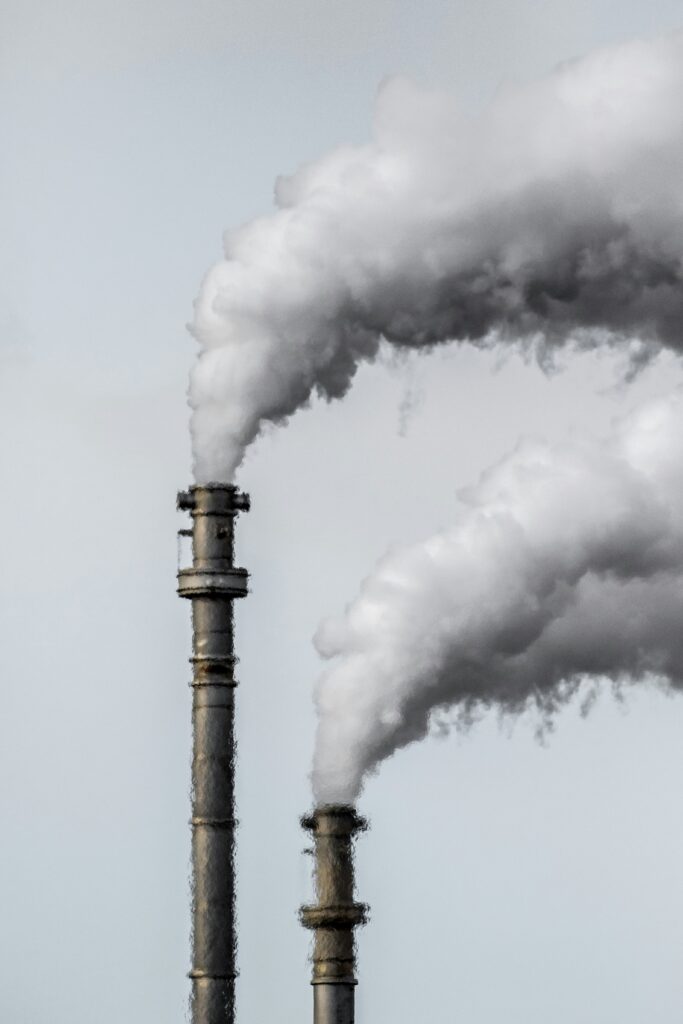Introduction:
In recent years, the global conversation around sustainability has intensified, and rightly so. With increasing concerns about climate change, pollution, and environmental degradation, individuals and businesses alike are seeking ways to reduce their ecological footprint. The field of packaging is one where notable advancements are occurring. Sustainable packaging solutions are not only beneficial for the environment but also offer numerous advantages for businesses, from cost savings to brand reputation enhancement. Let’s delve into the world of sustainable packaging and explore why it’s the way forward.
The Importance of Sustainable Packaging:
Traditional packaging materials, such as single-use plastics and non-recyclable materials, have wreaked havoc on the environment, filling landfills, polluting oceans, and harming wildlife. Recognizing the urgent need for change, consumers are increasingly demanding eco-friendly alternatives. Sustainable packaging addresses this demand by prioritizing materials and processes that minimize environmental impact throughout the lifecycle of a product.
Key Benefits of Sustainable Packaging:
1. Environmental Preservation: Sustainable packaging reduces reliance on non-renewable resources, minimizes waste generation, and lowers carbon emissions. By opting for materials like recycled paper, cardboard, or biodegradable plastics, businesses can significantly decrease their ecological footprint.
2. Brand Reputation Enhancement: Consumers today are more conscientious about the environmental practices of the brands they support. By adopting sustainable packaging, companies demonstrate their commitment to environmental stewardship, thereby enhancing their brand image and fostering customer loyalty.
3. Cost Savings: While the initial investment in sustainable packaging solutions may seem daunting, they often lead to long-term cost savings. For instance, using recycled materials can lower production costs, and lightweight packaging reduces transportation expenses. Moreover, as sustainability becomes increasingly important to consumers, businesses that embrace eco-friendly practices may gain a competitive edge in the market.
Innovations in Sustainable Packaging:
The field of sustainable packaging is ripe with innovation, with researchers and businesses constantly exploring new materials and technologies to minimize environmental impact. Some notable developments include:
1. Biodegradable Plastics: Bioplastics derived from renewable sources such as cornstarch or sugarcane offer a promising alternative to traditional plastics. These materials break down naturally, reducing the accumulation of plastic waste in landfills and oceans.
2. Compostable Packaging: Compostable packaging materials, such as compostable films and coatings, enable products to decompose into organic matter under appropriate conditions, leaving behind no harmful residues.
3. Circular Packaging Systems: Circular packaging systems aim to minimize waste by designing products and packaging materials that can be reused, recycled, or composted at the end of their life cycle. Initiatives like loop systems, which facilitate the reuse of packaging through refillable containers, exemplify this approach.
Conclusion:
In conclusion, sustainable packaging represents a pivotal step towards building a more environmentally conscious and resilient future. By prioritizing materials and practices that minimize environmental impact, businesses can not only reduce their carbon footprint but also enhance their brand reputation and bottom line. As consumers increasingly demand eco-friendly alternatives, embracing sustainable packaging is not just a choice but a necessity for businesses looking to thrive in a rapidly evolving market landscape. Together, let’s embrace sustainability and pave the way for a greener, more sustainable future.








